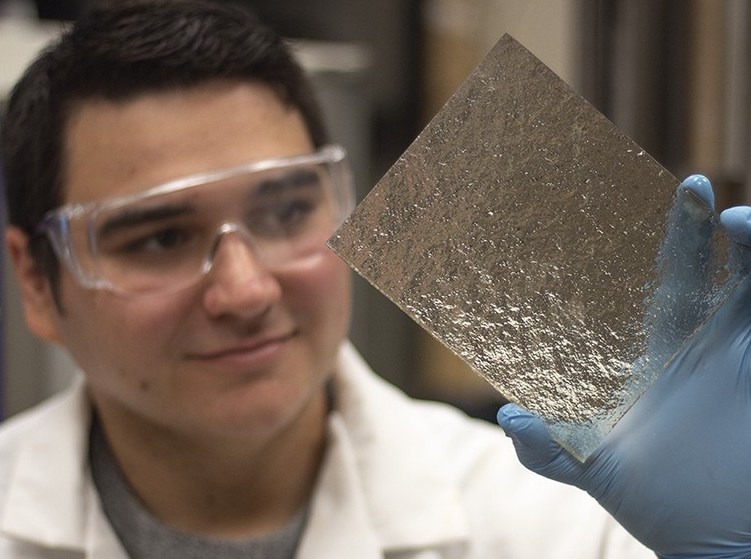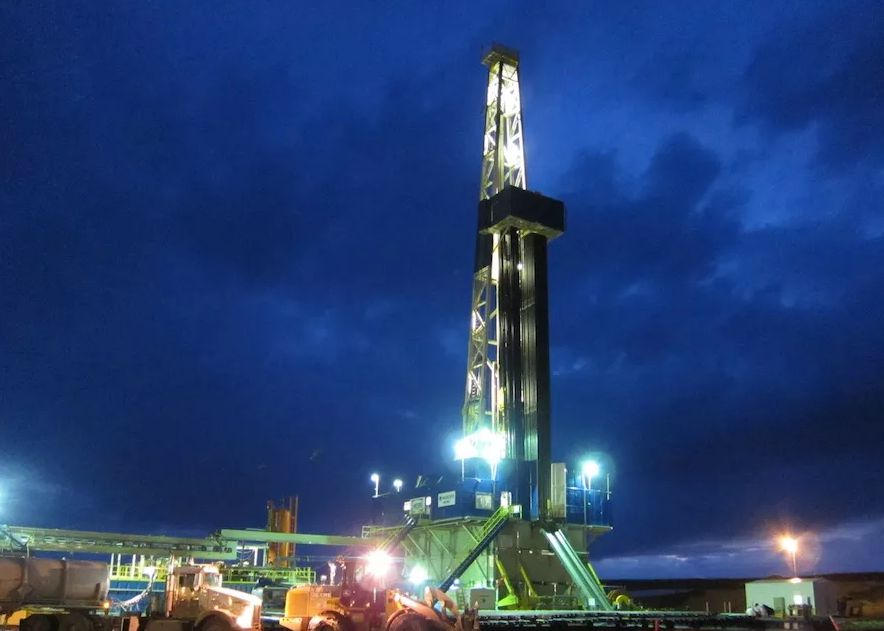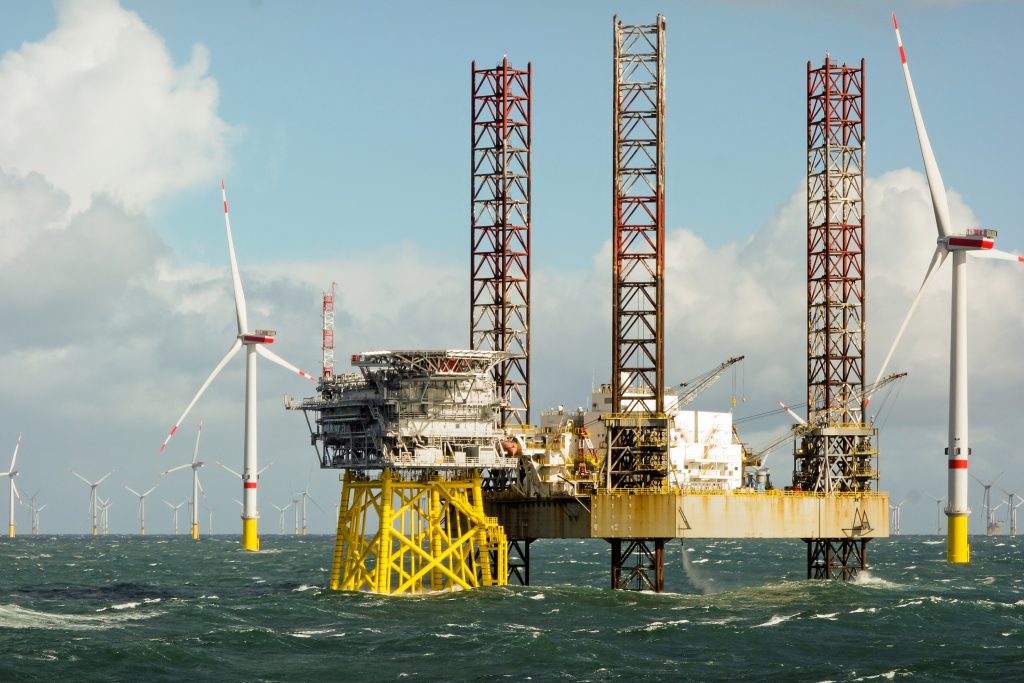A researcher at Texas A&M University has come up with a novel 3D printing-based approach to accurately simulating the hydraulic fracturing or ‘fracking’ oil and natural gas mining process.
Working with local research university Colorado School of Mines, engineer Gabriel Tatman has managed to develop clear printed models, which reveal the impact of flow materials used during fracking, a phenomenon usually obscured from view.
Made using rock fracture data recovered from actual oil drilling sites, it’s believed that these models could uncover previously-unseen hydraulic fracturing behaviors, and ultimately enable industry firms to optimize their oil and gas recovery efforts.
“We can simulate fracture surfaces by using common geostatistical approaches that capture the characteristics of a particular formation,” explained Tatman. “With 3D printing, we can create physical versions of these simulated surfaces for experiment applications.”
“We’re not the first to 3D print rock surfaces, but we are the first to do resin 3D printing for this particular application.”

Fracking: a contentious mining method
Essentially, ‘fracking’ describes a mining process in which drilling is used to access vast shale oil and gas resources under the sea. To effectively extract these fuels from shale bedrock, water, aggregates and chemicals need to be forced into subsea formations at high pressures, which, according to critics, can cause lasting environmental damage.
Once this initial stage is complete, differently-sized grains of sand called ‘proppants’ are flushed down into the fractures created in a sort of slurry, to hold them open so that oil and gas can flow into a well. Additionally, so-called ‘diverters,’ made of dissolvable/recoverable chemical or mechanical materials, also tend to be used to strategically block proppants’ paths and help direct mined resources.
The eco-impact of fracking aside, the practise remains vital to many nations’ oil reserves, with the U.S. Energy Information Administration (EIA) estimating that in 2020, 65% of the country’s crude oil came from shale. However, by its very nature, the mechanics of fracking take place deep underground, making it difficult to fully-understand and perfect.

A novel fracking modelling approach
To better understand rock formations, Tatman initially began toying with the idea of using 3D printing as an undergraduate, when he managed to create a casting containing a complex, acid-dissolved flow channel structure. Impressed by his work, Texas A&M Professor Ding Zhu encouraged her student to test the approach’s potential in further studies, eventually leading to his mining model discovery.
Since becoming a postgraduate, Tatman has managed to apply his rock-printing process to simulate fracking, by producing clear samples with a micrometer-level of fracture surface detail. When proppant and diverter are flushed through these models, it’s possible to directly observe their behaviors for the first time, an advance that his Texas A&M colleagues have called “groundbreaking” for shale mining.
Compared to existing proppant flow ‘conductivity’ research, which often relies on the use of standard lab equipment, the researcher’s approach is said to yield more realistic, rough fracture surface models, which can potentially be used to make molds capable of yielding repeatable cement test structures, and ultimately attaining more consistent fracking experiment results.
Acknowledging that the characteristics of fractures tend to vary in each shale formation, Tatman says that his approach will eventually be used to aid future research, by creating a proppant behavior database for different reservoirs.
In fact, the engineer also believes that 3D printing can be deployed in a similar way in other areas, such as gaining an understanding of plugging agent behaviors, in the wormhole geometries formed within acid-treated reservoirs, however, while Tatman is proud of his contribution to the project, he is now set to leave for a full-time industry position.
“(Over) the past five years, the level of development seen in the 3D printing world has been phenomenal,” concluded Tatman. “3D printing has been something I have been passionate about since high school. Being able to bring the hobby side of my life to the research side and integrate both into something productive has been something I’m really proud of.”

3D printing’s oil and gas potential
Due to the remote nature of offshore mining operations, oil and gas firms are increasingly turning to 3D printing to in-source their spare part production, and ensure their drilling plans go interrupted. Protolabs, for instance, released its Decision Time report last year, in which it found that up to 83% of industry firms could now adopt 3D printing in this way.
Energy services provider Hunting PLC has also recognized the technology’s potential in the oil and gas sector, by acquiring 27% of 3D printing bureau Cumberland Additive. In doing so, the firm has made its first move into the additive manufacturing sector, and it’s said to see its acquired technologies as being compatible with the needs of its offshore clientele.
Over in Brazil, Carl Zeiss, SENAI and Petróleo Brasileiro (Petrobras) are also working to advance the application of metal 3D printing within the country’s oil and gas industry. Over the next 18 months or so, the companies aim to validate novel DED and PBF methodologies for producing critical industry components, focusing in particular on the role of powder aging and degradation on defect formation.
To stay up to date with the latest 3D printing news, don’t forget to subscribe to the 3D Printing Industry newsletter or follow us on Twitter or liking our page on Facebook.
For a deeper dive into additive manufacturing, you can now subscribe to our Youtube channel, featuring discussion, debriefs, and shots of 3D printing in-action.
Are you looking for a job in the additive manufacturing industry? Visit 3D Printing Jobs for a selection of roles in the industry.
Featured image shows petroleum engineering graduate student Gabriel Tatman holding one of his 3D printed models. Image via Texas A&M University.


